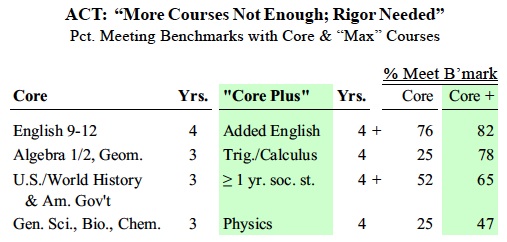There is an old story about a worker, at one of the South African diamond mines, who would leave work once a week or so pushing a wheelbarrow full of sand. The guard would stop him and search the sand thoroughly, looking for any smuggled diamonds. When he found none, he would wave the worker through. This happened month after month, and finally the guard said, “Look, I know you are smuggling something, and I know it isn’t diamonds. If you tell me what it is, I won’t say anything, but I really want to know. The worker smiled, and said, “wheelbarrows.”
I think of this story when teachers find excuses for not letting their students see the exemplary history essays written by their high school peers for The Concord Review. Often they feel they cannot give their students copies unless they can “teach” the contents. Or they already teach the topic of one of the essays they see in the issue. Or they don’t know anything about one of the topics. Or they don’t have time to teach one of the topics they see, or they don’t think students have time to read one or more of the essays, or they worry about plagiarism, or something else. There are many reasons to keep this unique journal away from secondary students.
They are, to my mind, “searching the sand.” The most important reason to show their high school students the journal is to let them see the wheelbarrow itself, that is, to show them that there exists in the world a professional journal that takes the history research papers of high school students seriously enough to have published them on a quarterly basis for the last 21 years. Whether the students read all the essays, or one of them, or none of them, they will see that for some of their peers academic work is treated with respect. And that is a message worth letting through the guard post, whatever anyone may think about, or want to do something with, the diamonds inside.
Will Fitzhugh
The Concord Review
And of course some teachers are eager to show their students the work of their peers….
The Concord Review — Varsity Academics®
I am happy to send along this letter describing both “logistical” and pedagogical dimensions of how I have used The Concord Review in class since employing the first class sets in the 1988-1989 academic year. You know from the fact that we have expanded our class subscription “coverage” from all U.S. History classes to all U.S. History and World History since 1500 classes that we have been very satisfied with the Review. In fact, I am glad to say that, due to an expanding school enrollment, our class set for this year will number about 80 subscriptions.
(more…)


